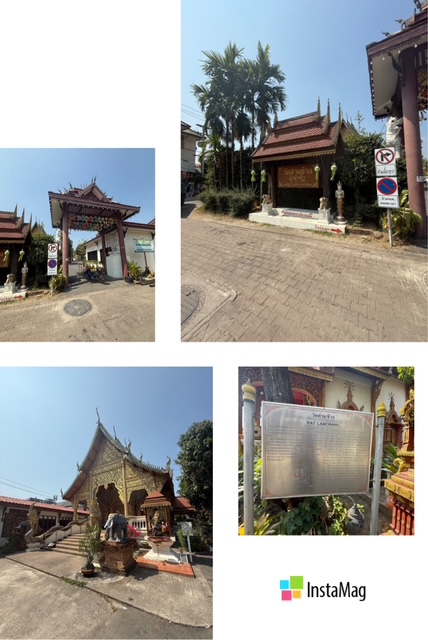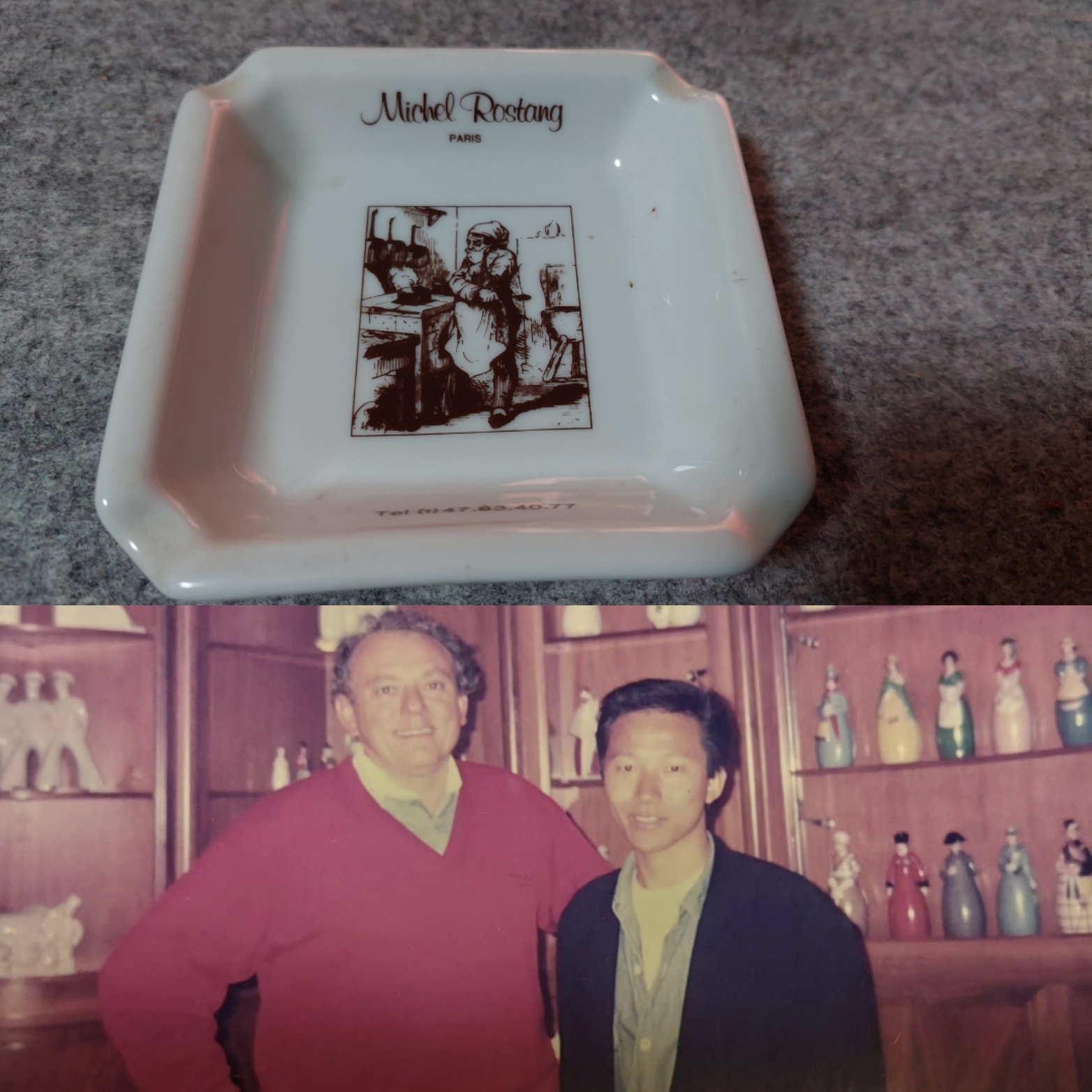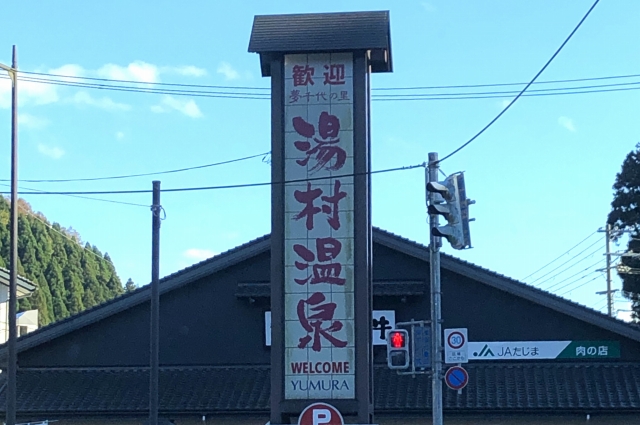シエラレオネ人(アフリカ)
彼とは、日本語を教えるボランティアで知り合いました。
シエラレオネは、アフリカの大西洋に面した英語圏の小国です。イギリスの植民地でした。主要産業は、鉱業(ダイヤモンド等)、農業(コーヒー、ココア)。
世界で最も、平均寿命が短い国です。平均年齢は40歳。
彼は、叔父さんが政府高官で、まずロシアへ留学しました。その後、カナダに渡り、移民として10年近く住んでいます。現在は、バンクーバーのアメリカ領事館の警備責任者として働いています。
彼は小さいときから日本が大好きだったそうです。なぜなら、日本のおもちゃを持っていて、そこに書いてある「JAPAN」という文字を見て以来、ずっと日本に興味があったそうです。
彼は、今では日本語だけで普通に会話ができるレベルです。
おまけ
シエラレオネ 国の概要
Since 1991, civil war between the government and the Revolutionary United Front (RUF) has resulted in tens of thousands of deaths and the displacement of more than 2 million people (well over one-third of the population), many of whom are now refugees in neighboring countries. After several setbacks, the end to the 11-year conflict in Sierra Leone may finally be near at hand. With the support of the UN peacekeeping force and contributions from the World Bank and international community, demobilization and disarmament of the RUF and Civil Defense Forces (CDF) combatants has been completed. National elections were held in May 2002 and the government continues to slowly reestablish its authority.
経済
Sierra Leone is an extremely poor African nation with tremendous inequality in income distribution. It does have substantial mineral, agricultural, and fishery resources. However, the economic and social infrastructure is not well developed, and serious social disorders continue to hamper economic development, following a 11-year civil war. About two-thirds of the working-age population engages in subsistence agriculture. Manufacturing consists mainly of the processing of raw materials and of light manufacturing for the domestic market. Plans continue to reopen bauxite and rutile mines shut down during the conflict. The major source of hard currency consists of the mining of diamonds. The fate of the economy depends upon the maintenance of domestic peace and the continued receipt of substantial aid from abroad, which is essential to offset the severe trade imbalance and to supplement government revenues.
© Rakuten Group, Inc.






